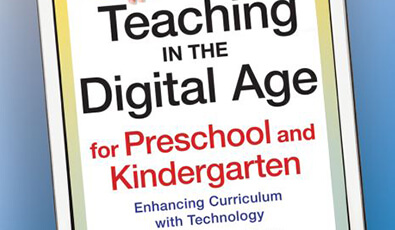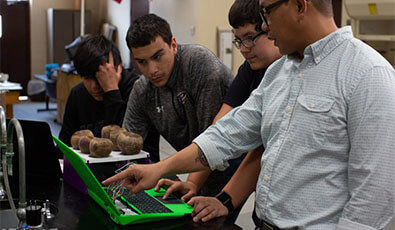

07.08.2018
By Jenny Johnson
I’ve always been impressed by the incredible creativity and inventiveness public library staff show as they evolve to meet the needs of their local communities. Having spent my career in marketing, more than half working with libraries, I understand the challenges they face in raising awareness of those changes among library users and funders.
A new OCLC report provides a current overview of US public libraries’ approach to marketing and communications. Some of the results are not surprising—like the fact that libraries do a lot of marketing with little money and staff. And as is often the case, some findings simply raised more questions, which led us to talk to some of the public library marketers we know to gain additional perspective.
Libraries do a lot with a little
I wasn’t sure whether to be encouraged or disappointed that 56% of survey respondents have a specific budget for marketing. But the fact that half (49%) of those with a budget work with less than $5,000 annually is a testament to the need for precise marketing goals in order to make every dollar count.
Mary Getchell, Marketing and Communications Director at Pierce County Library System, is a good example of just how careful some libraries are about maximizing marketing budgets. Her team utilizes a carefully culled mix of earned, owned, and paid media for efforts that cover 18 primary locations. To ensure all efforts provide value, everything they do aligns with the strategic plan of the organization.
“The areas that we as an organization are going to focus on become our areas of focus,” Mary told us. “From these, we select one focus area and do a direct penetration into a specific demographic to grow our business—because that’s our bottom line.”
Surprisingly, only 40% of those who took our survey have a communications/marketing strategy. So, for many, one simple way to increase the impact of library communications is to build a marketing strategy based on their organization’s strategic plan. Investing time in this activity can focus resources, improve results, and help justify future budgets and programs.
Right message to the right person
Then there’s the continued challenge to keep up with customer expectations. Many people are used to—and even expect—relevant information through the communications channels they use most. And public libraries are finding ways to adjust to meet these expectations.
Almost all (96%) of those surveyed are active on social media, and many use email to get the right message to the right person at the right time. For instance, one in five send automated email messages triggered by specific events like birthdays and 17% send targeted email messages based on customer preferences. Interestingly, a large majority of respondents who currently do not use targeted email communication would, if they could.
Many, like Enoch Pratt Free Library, use social media as a starting point to shift marketing efforts to be more responsive to their communities and what people want to hear about—reaching them widely via social media, and then with targeted messages that go only to individuals interested in specific content. Case in point, the Pratt’s marketing team has grown and refined their email list through a social media campaign that collects email addresses based on interests, with the goal of targeting communications only with information that’s perceived to be useful.
“If we’re putting our dollars into collections, programs, and services, and absolutely no one knows about them, then we are just wasting our money,” said the Pratt’s President and CEO Heidi Daniel. “Like many libraries, we’ve seen declines over the years in terms of attendance, and our community is in transition. So, we have to constantly remind people about what we have and what we do, or our usage suffers. And I think people are at a point where they are ready to hear about very specific things.”
According to Heidi, their efforts have altered how they think about communications—and it’s only the beginning. So, while finding the balance can be tricky, it’s clear that many public library professionals see the value in a more personalized approach.
Where does your library fit in?
I hope this new report acts as a conduit for conversations about how to create awareness. Use it as inspiration to take the first step with a new idea, to get over old barriers, or to build future goals. And be sure to use it as a way to connect with other libraries to share struggles, concerns, and success stories.



